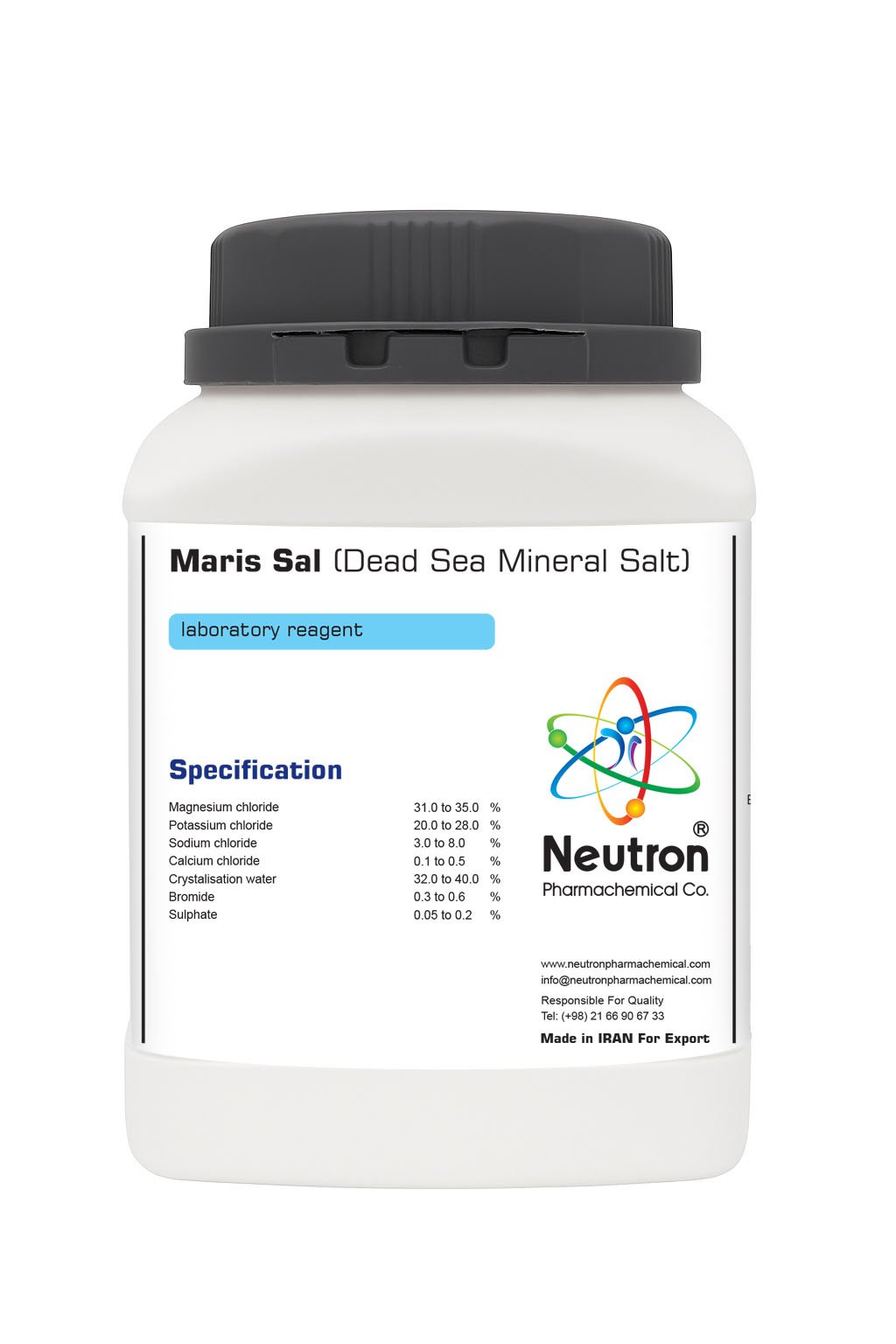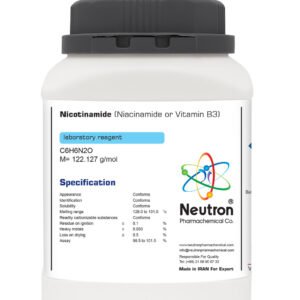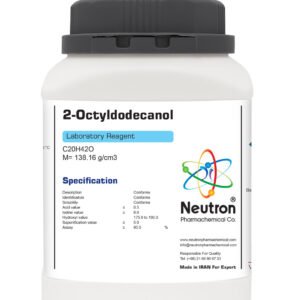نمک ماریس(نمک دریای مرده)
| CAS number | 7647-14-5 |
| HS Code | 250100 |
| Storage | Store at 15 to 25° c |
| SDS | available |
| RTECS | VG9625000 |
| R phase | R 22-36/38-50 |
| S phase | S 26-61 |
| Odour | odourless |
| Form | solid |
| Color | white |
| Magnesium chloride | 31.0 to 35.0 | % | |
| Potassium chloride | 20.0 to 28.0 | % | |
| Sodium chloride | 3.0 to 8.0 | % | |
| Calcium chloride | 0.1 to 0.5 | % | |
| Crystalisation water | 32.0 to 40.0 | % | |
| Bromide | 0.3 to 0.6 | % | |
| Sulphate | 0.05 to 0.2 | % |
Maris Salt (Dead Sea Salt) is a naturally occurring mineral-rich salt harvested from the Dead Sea, widely used in pharmaceuticals, cosmetics, and therapeutic applications due to its high content of magnesium, potassium, calcium, and other trace minerals.
🏭⚗️ Production
Dead Sea salt is obtained by evaporating water from the Dead Sea under controlled conditions. The resulting salt crystals are harvested, washed, and dried. For pharmaceutical and cosmetic use, the salt may undergo further purification to remove impurities and ensure consistent mineral composition.
🔬 Properties
Dead Sea salt appears as coarse or fine white to light gray crystals with a characteristic mineral-rich composition. It is highly soluble in water and hygroscopic, meaning it can retain moisture. Chemically, it is composed primarily of sodium chloride along with significant amounts of magnesium, calcium, potassium, and trace minerals that contribute to its therapeutic properties.
🧪 Applications
In pharmaceuticals and personal care, Dead Sea salt is used in bath salts, therapeutic soaks, scrubs, and skin care products for its moisturizing, exfoliating, and mineral-enriching properties. It is employed in topical treatments for skin conditions such as psoriasis, eczema, and acne. In cosmetic formulations, it acts as a natural exfoliant and mineral supplement.
⚠️ Safety
Dead Sea salt is generally regarded as safe for topical and bath use. Direct ingestion in large amounts should be avoided. Handling should include avoiding inhalation of fine dust and contact with eyes, which can cause irritation. Storage should be in a cool, dry place, away from moisture and contaminants to preserve its quality and mineral content.





